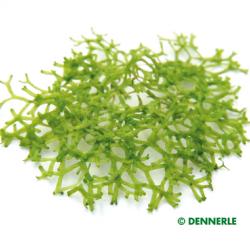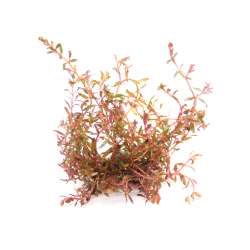Einfach

Vallisneria spiralis ‘Tortifolia’
 Lighting
Lighting
 Color
Color
 Position
Position
 22 - 28 °C
Temperature
22 - 28 °C
Temperature
 CO2
CO2
 Growth
Growth
Family:
Species:
Type:
A decorative, dwarf species with tightly coiled leaves, forms large groups via runners, undemanding.















